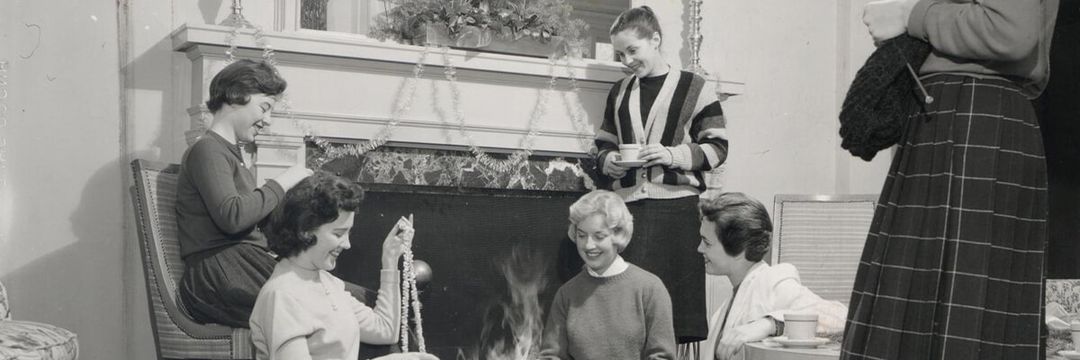Bassam Shakhashiri
Professor of chemistry and the first holder of the William T. Evjue Distinguished Chair for The Wisconsin Idea
Chemistry Professor Bassam Shakhashiri is best known for his nationally televised annual program, “Once Upon a Christmas Cheery, in the Lab of Shakhashiri.” Clad in his red “science is fun” T-shirt, he conjures clouds of smoke, color-changing liquids, and disappearing packing peanuts. As the camera pans the audience, viewers are treated to delighted reactions from children that are even more entertaining than multiple explosions and the appearance of a big-headed Bucky Badger wearing giant safety goggles.
All told, this legendary advocate for science education has given more than 1,500 lectures and presentations around the world and been featured by numerous media outlets ranging from the New York Times to the NBC Nightly News. On the university faculty since 1970, Shakhashiri is the recipient of dozens of awards for teaching and public service. He has served as president of the American Chemical Society and as an assistant director at the National Science Foundation.
Shakhashiri has presented his Christmas program for nearly half a century (2019 will mark its 50th year). His successful formula for promoting science might just turn out to be one of chemistry’s most useful equations.
My assigned reading this semester includes...
The Death and Life of the Great Lakes by Dan Egan. Water is the only substance that exists naturally on Earth in all three physical states of matter — gas, liquid, and solid. It is essential to life as we know it. I have always been attracted to water, beginning with my youth in Lebanon on the eastern shores of the Mediterranean, and continuing through my past five decades on the shores of Lake Mendota. As human activity continues to affect this precious resource, we must better harness science and technology to strengthen our stewardship of Earth and its people.
[I also assign] The Things They Carried by Tim O’Brien. O’Brien’s fictionalized history is a reminder of the angst of the Dow Riots, the Kent State shootings, and the Sterling Hall bombing. Deadly violence everywhere caused trepidation and was slightly tempered by the first landing of humans on the moon. Our creativity and technological advances enabled space exploration and also provided deadlier weapons than what our Stone Age ancestors used. We can and we must do better.
At the moment, I’m reading...
The Politics of Resentment by Katherine Cramer ’94 and The Influential Mind: What the Brain Reveals About our Power to Change Others by Tali Sharot. I’m also watching Fox News.
The one thing that everyone needs to read is...
Ten Arguments for Deleting Your Social Media Accounts Right Now by Jaron Lanier.
I keep meaning to get around to reading...
Testament: A Priest’s Dying Confession by Jean Meslier and The River of Consciousness by Oliver Sacks
I like to reread...
On Fourth Lake: A Social History of Lake Mendota by Donald Sanford, The Age of Reform by Richard Hofstadter, and the “Sifting and Winnowing” plaque that is affixed to the side of Bascom Hall. Every year between May 24 (the date I was sworn in as a U.S. citizen) and July 4, I reread the Declaration of Independence, the U.S. Constitution, and the Bill of Rights
Some favorite pieces (articles, books, etc.) I’ve been working on have been...
“The Triumphs and Failure of the Wisconsin Idea,” “The Rewards and Responsibilities of Freedom,” “Opportunities and Challenges in Graduate Research and Education,” “Science and Religion: The Strongest Forces in Society,” and “Science Demonstrations and Perception.”
The title of my memoirs — if I ever write them — would be...
Connecting Science and Society: Science is Fun and the Joy of Learning.










